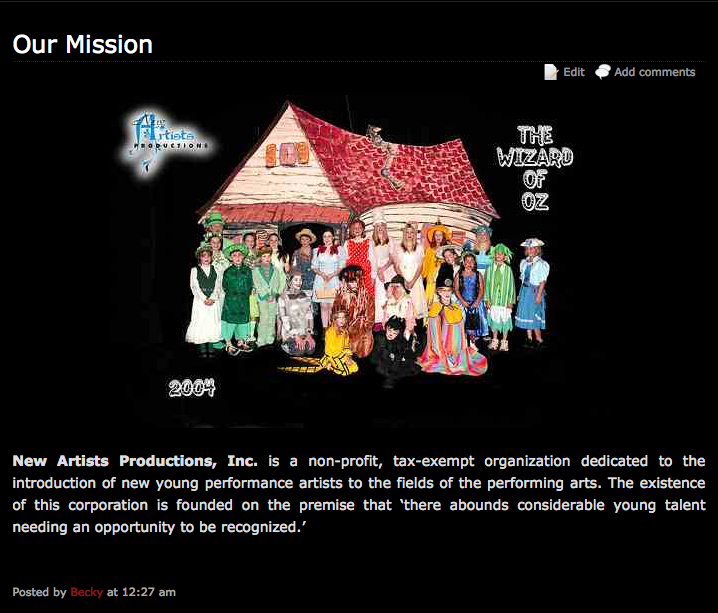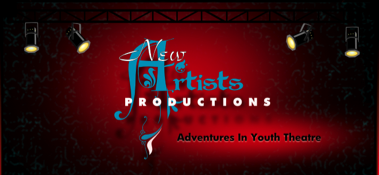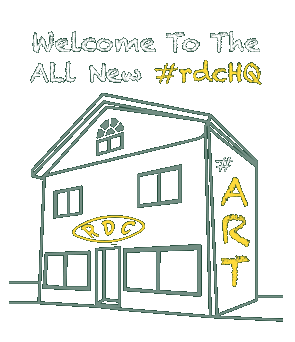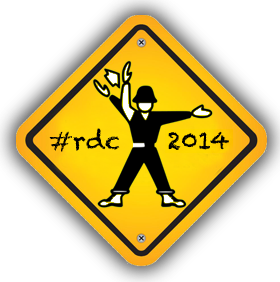Greetings from #rdcHQ! This week in the SVG Track, we completed another directory of diagrams, and continue to invent time saving techniques to make production easier using a clever combination of commands in Inkscape and a public domain graphic we added to the repository a few weeks ago,
Viewing The Source
Our source SVG was comprised of an outline of the contiguous states on the left and an overlay of the boundaries of the states as a series of disjointed lines on the right.
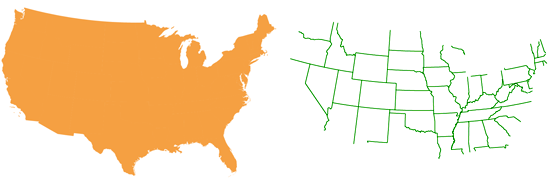
 To illustrate the poor quality of the art, the State of Iowa is rendered as six unconnected lines. Using a few of the basic techniques illustrated earlier in the program (Stroke To Path → Union → Break Apart), we transformed the art into a useful collection of graphics in minutes.
To illustrate the poor quality of the art, the State of Iowa is rendered as six unconnected lines. Using a few of the basic techniques illustrated earlier in the program (Stroke To Path → Union → Break Apart), we transformed the art into a useful collection of graphics in minutes.
Improving The Art
 The first step required setting an appropriate line weight and join in Inkscape for the art. Joins come in three flavors: Miter, Round and Bevel, and are important in determining the character of the line in an illustration. We chose a round join for this exercise.
The first step required setting an appropriate line weight and join in Inkscape for the art. Joins come in three flavors: Miter, Round and Bevel, and are important in determining the character of the line in an illustration. We chose a round join for this exercise.
Once a suitable line weight has been determined, The lines can be interconnected using Stroke To Path → Union. This creates a nifty outline of all the states as shown in the resulting SVG.
The next step is to break apart the outline so the graphic becomes a geographic puzzle where each state can be individually selected and used as art:
This exercise results in three production-ready* instantiations of the source art – an outline, a silhouette of the 48 contiguous states, and individual graphics for all 50 states. We added all of the art to our repository and dedicate the improved art to the public domain for others to remix, re-use and enjoy! #w00t!
*albeit not necessarily geographically accurate – sounds like another cool track for #rdcHQ 



 To illustrate the poor quality of the art, the State of Iowa is rendered as six unconnected lines. Using a few of the basic techniques illustrated earlier in the program (Stroke To Path → Union → Break Apart), we transformed the art into a useful collection of graphics in minutes.
To illustrate the poor quality of the art, the State of Iowa is rendered as six unconnected lines. Using a few of the basic techniques illustrated earlier in the program (Stroke To Path → Union → Break Apart), we transformed the art into a useful collection of graphics in minutes. The first step required setting an appropriate line weight and join in Inkscape for the art. Joins come in three flavors: Miter, Round and Bevel, and are important in determining the character of the line in an illustration. We chose a round join for this exercise.
The first step required setting an appropriate line weight and join in Inkscape for the art. Joins come in three flavors: Miter, Round and Bevel, and are important in determining the character of the line in an illustration. We chose a round join for this exercise.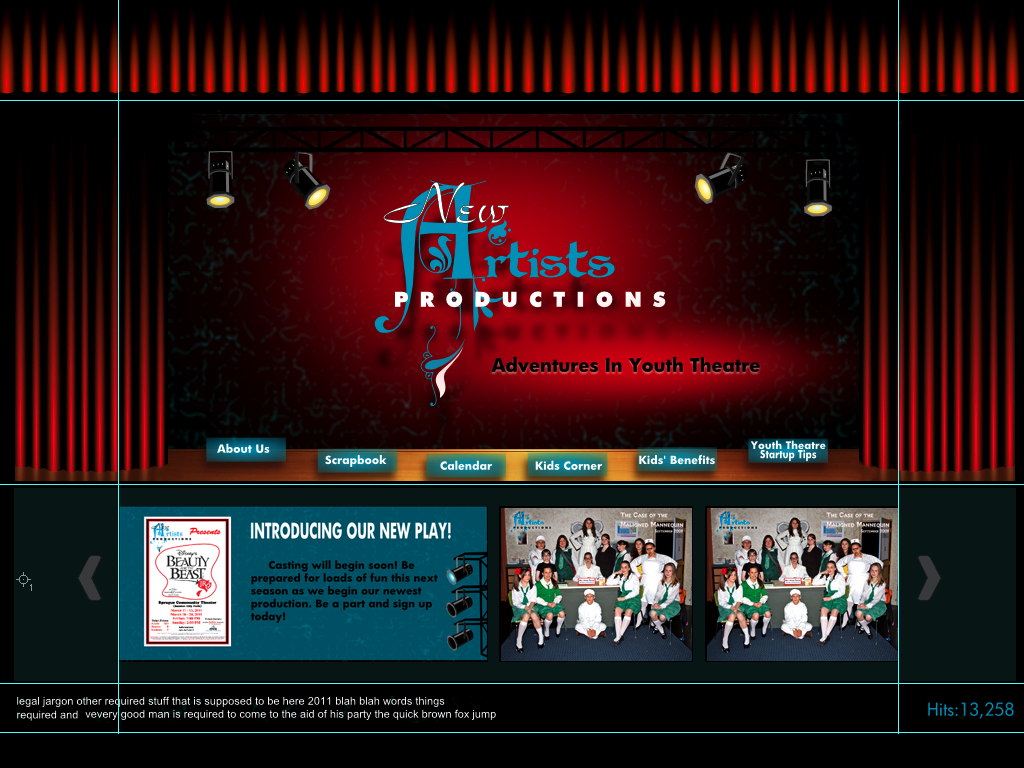 Revised stage mockup by the
Revised stage mockup by the 